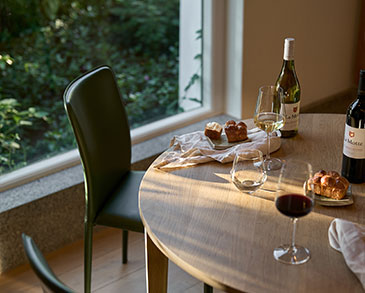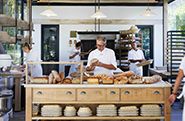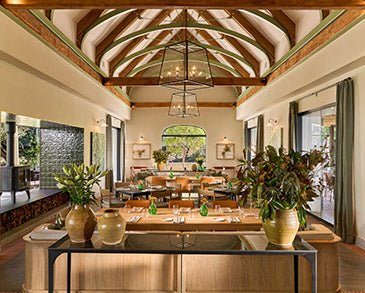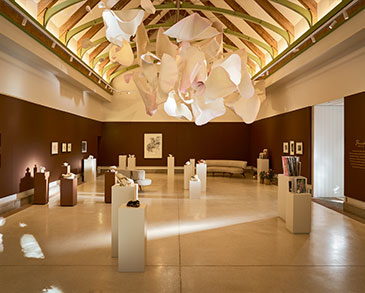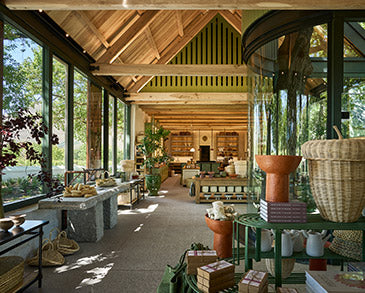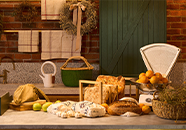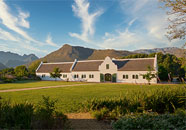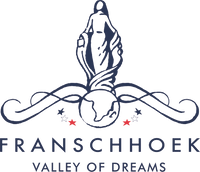
With the annual Bastille Festival soon to be held in the Valley, it is an appropriate time to celebrate our French heritage. Apart from associating closely with the French lifestyle in our enjoyment of food and wine, we can draw inspiration from the Huguenots’ steadfastness in their beliefs and their courage to leave their fatherland for a new beginning in an unknown, inhospitable country.
Like many other Franschhoek farms, La Motte has a rich French heritage, not the least of which is its name, derived from the village La Motte d’Aigues in the south-eastern part of Provence.
Since 1695, La Motte has had nineteen owners, nine of whom were of French origin, with family names such as Joubert, Du Toit, Retief, Roux and Cilliers.
The first French owner was French Huguenot and wine-farmer, Pierre Joubert, one of the Huguenots who hid a Bible inside a bread loaf when fleeing Provence. He was La Motte’s second owner and arrived in Table Bay in 1688 aboard the ship Berg China (the fifth ship that left the Netherlands with French Refugees on board). Other refugees aboard were Paul Roux, Jacques Malan and Jean and Pierre Jourdan.
Joubert settled on the first piece of land allocated to him in October 1694, La Provence in the Franschhoek Valley while, from 1709 until 1741, he used La Motte, at that stage merely a bushy landscape, as a home for his cattle.
La Motte’s second French owner, Gabriël du Toit, was the grandchild of Huguenot Francois du Toit who arrived in Table Bay in June 1686 aboard the Vrijheijt. Du Toit, 22 years old, bought La Motte in 1751. His wife was expecting their first of fourteen children and they owned only fire-arms and a horse. As an enterprising Frenchman he laid the first foundations of La Motte.
With the initial research project of La Motte in 1993 the assumption was made that the Manor House (c1751) was erected first.[1] With the most recent research project to update the history of La Motte, the possibility came to light that a section of the Jonkershuis might precede the Manor House, and that the Du Toit’s were perhaps occupying this space while the Manor House was in its construction phase.[2]
By 1753 Du Toit owned 10 cattle, had planted 4 000 vines and sown 8 bags of wheat. Through the years the number of cattle and slaves as well as the vineyards increased. By the time that 25 000 vines had been planted on the farm, Du Toit was in a position to establish a cellar on the farm, in 1782. A water-mill on La Motte bears the date 1721, but more likely it was built by Du Toit between 1751 and 1793.
After Du Toit’s death, in 1793, La Motte was subdivided and two of his sons, Gerhardus Johannes du Toit (10th child) and Roelof du Toit (13th child), bought the land. They became owners number five and six respectively.
Gerhardus Johannes was the first owner to have been born on the farm and bought a section from his father’s estate and, four years later, sold it to his brother Roelof who was not living on the farm at that stage. In 1812 Roelof terminated the Du Toits’ ownership of 62 years when he sold La Motte to a Hollander.
In 1815 the eighth owner took possession of La Motte — Gideon Jacobus Joubert, great-grandchild of the second owner, Pierre Joubert. By that time approximately 30 000 vines had been established on the farm. Gideon Jacobus Joubert was married to Susanna Francina Retief and they had ten children.
The New-Classical and Baroque gables of the Manor House and Red Wine Cellar on La Motte were built by Joubert. The first of three gables erected by him was the front gable of the cellar (in 1825), displaying the initials ‘GJB’, followed by a back gable (in 1834). Unfortunately, the latter was removed during restoration work (1970 – 1974). The last gables to be erected were those of the Manor House, displaying the date 1836 and the letters GJJBT and SFRT. By 1858 Joubert had divided the farm into three sections to be sold to his three sons.
The core section of La Motte was taken over by the ninth owner, Joshua Stephanus Joubert. In 1860 he had a building erected close to the adjacent road. Joubert’s initials, JSJB, are visible on the gable of the building (today the Joubert House at the main entrance to La Motte). This building was used as a house, school and shop. In 1873 Joubert passed away – he was the only owner of La Motte who was born and who died on the farm. Subsequently the farm was sold on auction to a Frenchman and respected wine-maker Johannes Hendrik Retief. It was also the end of 93 years of Joubert ownership.
In 1880 the eleventh owner, David Jacobus Roux, took possession of La Motte. Unfortunately for Roux, the phylloxera disease hit La Motte’s vineyards by 1885 and the farm as well as all Le Roux’s possessions were ceded.
The farm was taken over by its twelfth and last French owner, Stephanus Abraham Cilliers, in 1894. Cilliers was in a financial predicament and could do little to save the ruined vineyards on La Motte. The result was that the farm was sold in 1897 and so the French ownership of La Motte came to an end.
Some details of French Refugees and the ships aboard which they arrived in Table Bay.
| Surname | First name | Ship | Arrival at the Cape |
| Des Prez (du Preez) | Hercule | De Schelde | Junie 1688 |
| Fourie | Louis | Wapen van Alkmaar or Zion | 1689 |
| Gauch (Gouws) | Andre | Spierdijk | April 1691 |
| Jacob (Jacobs) | Pierre | De Schelde | June 1688 |
| Le Roux | Jean | Voorschooten | April 1688 |
| Marais | Charles (snr.) | Voorschooten | April 1688 |
| Martin | Antoine | Wapen van Alkmaar | January 1689 |
| Mouton | Jacques | Donkervliet | Julie 1699 |
| Roux | Paul | Berg China | Augustus 1688 |
| Terreblanche (Terblanche) | Estienne | Unknown | 1704 |
| Therond (Theron) | Jacques | Oosterland | April 1688 |
| Villion (Viljoen) | Francois | Unknown | 1671 |
Featured image: La Motte staff that still have some French Huguenot heritage in their surnames! Fltr: Sergio Jacobs, Katie Marais, Adi Mouton, Michelle Theron, Pierre Theron, Mareli Roux, Barbara Hugo, Charmaine Hugo, Heyns du Preez
Sources:
[1] Scheffler. H. 1993. La Motte en sy mense. Die geskiedenis van die Historiese Wynlandgoed. 1695-1993. Unpublished research project. Available: La Motte Museum
[2] Burden, M. 2016. La Motte Wynlandgoed: Aanvullende geskiedenis. 1984 – 2016. Unpublished research project. Available: La Motte Museum
Malan, A & Malherbe, JE. 2000. Huguenots who came to the Cape. History Series nr 6 (revised 2000). Huguenot Memorial Museum. Franschhoek. 1996.


